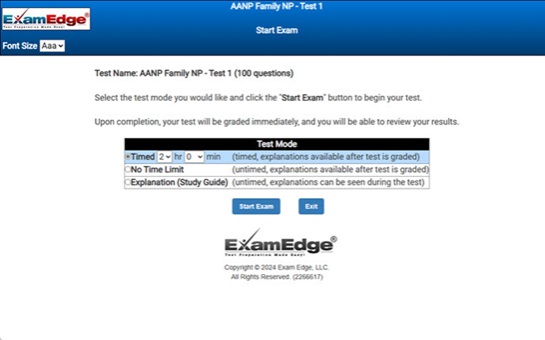Praxis Education of Young Children (5024) Practice Tests & Test Prep by Exam Edge - Free Test
Our free Praxis Education of Young Children (5024) Practice Test was created by experienced educators who designed them to align with the official Educational Testing Service content guidelines. They were built to accurately mirror the real exam's structure, coverage of topics, difficulty, and types of questions.
Upon completing your free practice test, it will be instantly reviewed to give you an idea of your score and potential performance on the actual test. Carefully study your feedback to each question to assess whether your responses were correct or incorrect. This is an effective way to highlight your strengths and weaknesses across different content areas, guiding you on where to concentrate your study efforts for improvement on future tests. Our detailed explanations will provide the information you need to enhance your understanding of the exam content and help you build your knowledge base leading you to better test results.
Login or Create an Account to take a free testAfter you have completed your free test you will receive a special promo code that will save your between 15-20% on any additional practice tests!
Get Instant Online Access Now!
** Sample images, content may not apply to your exam **Praxis Education of Young Children (5024) Shortcuts
General Exam Info
Exam Topics
Features
Study Plan Tips
Test Reviews
Why Exam Edge?
FAQ
Related Blogs
FREE Practice Test
Praxis Education of Young Children - Free Test Sample Questions
|
|
|
|






